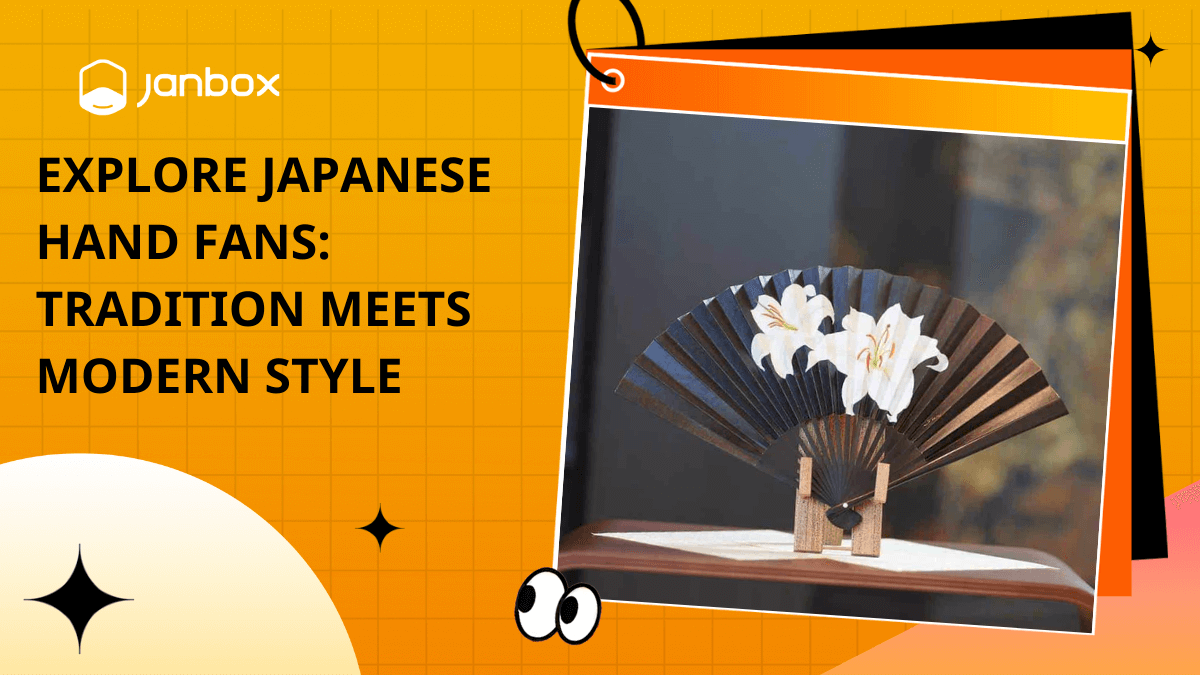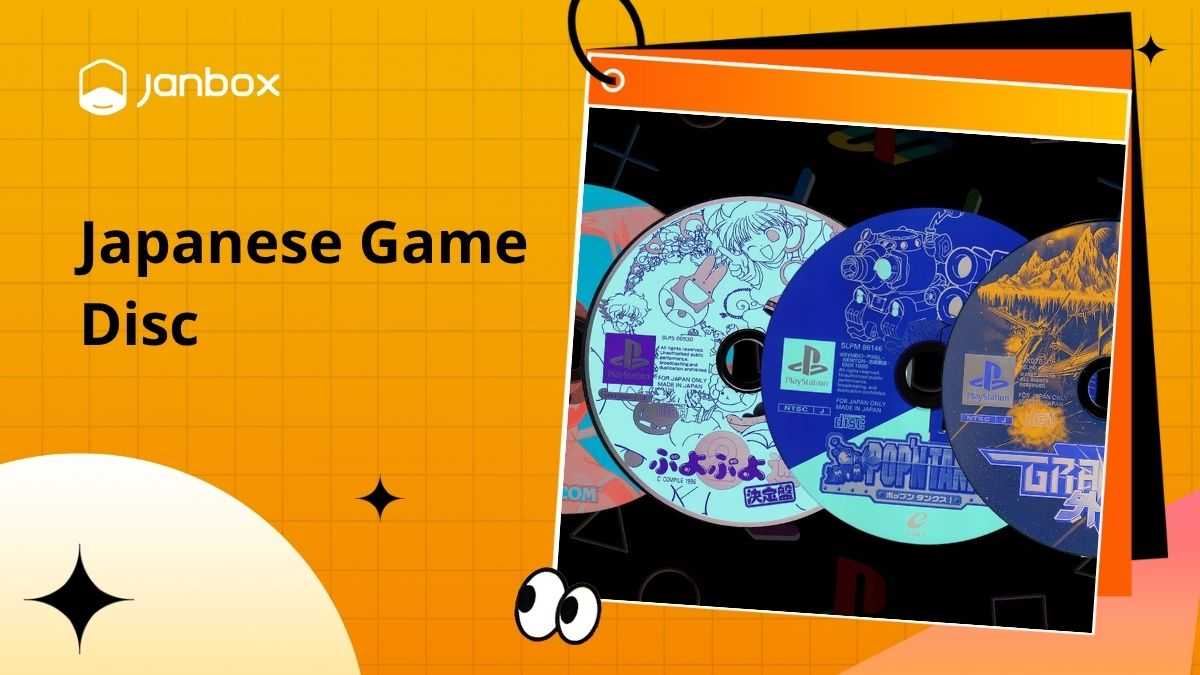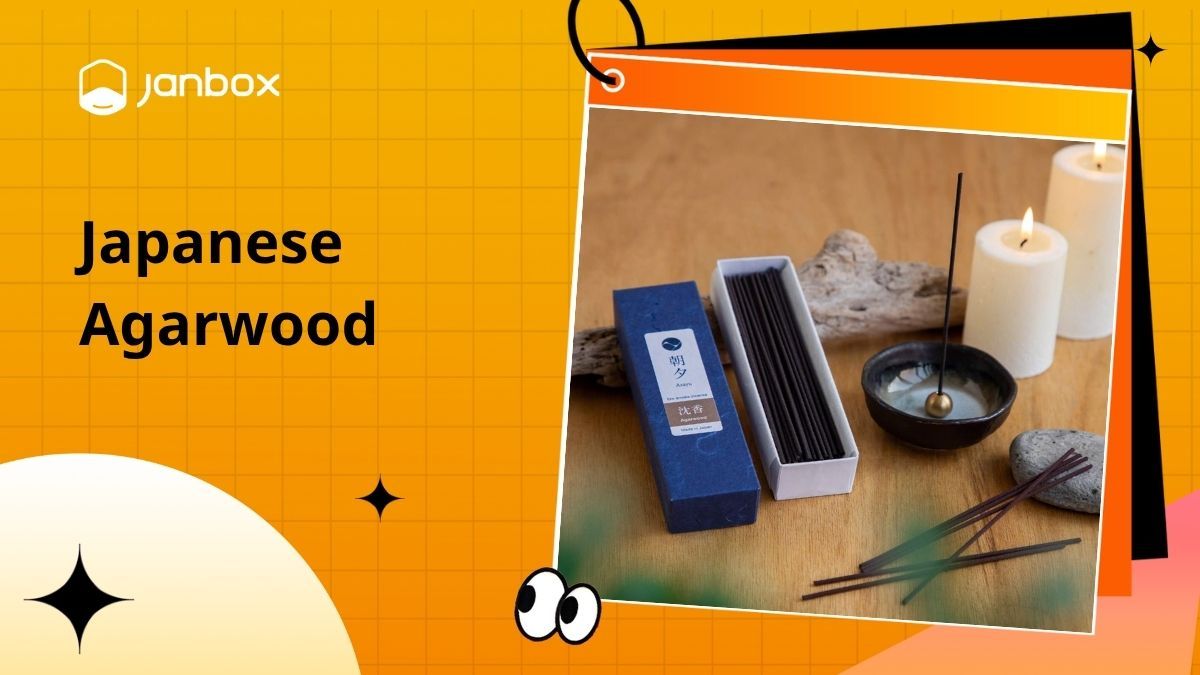Ever wondered how to choose the perfect kimono for a Japanese festival or wedding? Japanese kimono types are more than just traditional Japanese clothing; they embody centuries of culture and artistry. Originating in the Jomon period, kimonos have evolved into diverse styles for various occasions, genders, and marital statuses. From formal uchikake to casual yukata, their vibrant designs captivate tourists and cultural enthusiasts, especially through kimono rentals in Kyoto. Discover the charm of kimono types in this blog!
1. What is a Kimono?
A kimono, meaning “thing to wear” (from “ki” = to wear, “mono” = thing), or Wafuku (“Japanese cloth”), is a traditional Japanese garment embodying cultural heritage. Originating in the Jomon period, kimonos evolved significantly through the Asuka, Nara, and Heian periods (794–1192), when the kosode—a short-sleeved undergarment—gained prominence, reflecting Japan’s autonomous style after reduced Chinese influence.
By the Edo period (1603–1867), the kosode became a global trend, its style, fabric, and color revealing social status, linking art and identity. Post-Meiji, Western influence shifted kimonos from daily to ceremonial wear, symbolizing tradition and artistry.
Today, kimonos remain a vibrant emblem of Japanese culture, worn for festivals, weddings, and cultural events, captivating enthusiasts worldwide.
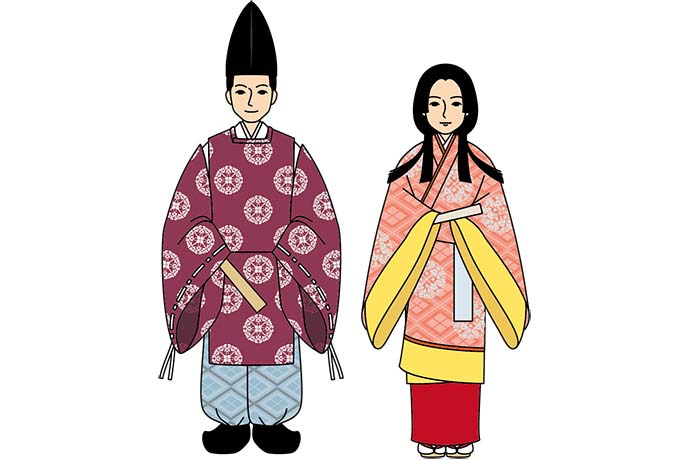
Typical “kosode” in the Heian period
2. Key Factors Influencing Kimono Types
Japanese kimono types vary widely, reflecting cultural nuances in formality, gender, marital status, occasion, and seasonal design:
- Formality: Kimono types vary by formality, marked by mons (crests) and colors like black, white, silver, or gold, indicating ceremonial or casual use.
- Gender and Marital Status: Men’s kimonos (e.g., nagagi) are simpler, while women’s differ by marital status—furisode for unmarried, tomesode for married women.
Occasion and Season: Kimonos suit specific events (casual yukata for festivals, formal uchikake for weddings) and seasons (cotton for summer, silk for winter).
>>> Read more: What is a Hakama? Everything You Need To Know (2022)
3. Japanese Kimono Types
There are numerous types of Kimono available today, but five main types are frequently mentioned, including:
3.1 Tomesode (留袖), or Kuro Tomesode
Among other kimono types, it’s one of the most stunning. The tomesode was originally worn by any woman above the age of 18, but it gradually became a symbol of marriage for married women only. Shorter sleeves were more practical for doing housework, and married ladies didn’t require long kimono sleeves to express their feelings to a lover.
For married women, “tomesode” (short-sleeved kimono) is a formal kimono with an elegant continuous pattern called “eba moyo” sewn diagonally along the hem. Kurotomesode (black tomesode) and “irotomesode” (white tomesode) are the two varieties of tomesodes in use today (colored tomesode).
3.2 Furisode (振袖)
The most formal kimono style in Japan is known as “furisode,” and is often worn by young, single women. Furisodes can be identified by their long, loose sleeves, which can be anywhere from 80 cm to 114 cm in length. At wedding celebrations, “ofurisode” (big furisodes), which have sleeves that measure approximately 112 inches long, are typically worn by brides as an alternative to iro uchikake. Medium furisode (chufurisode) has a sleeve length of roughly 100 cm.
When worn with “hakama,” this kimono can also be worn by unmarried guests during weddings, formal parties, and other forms of ceremonies such as graduations, as it is the kimono worn by Japanese ladies for their coming-of-age ceremony (pant-like garment worn over a kimono).
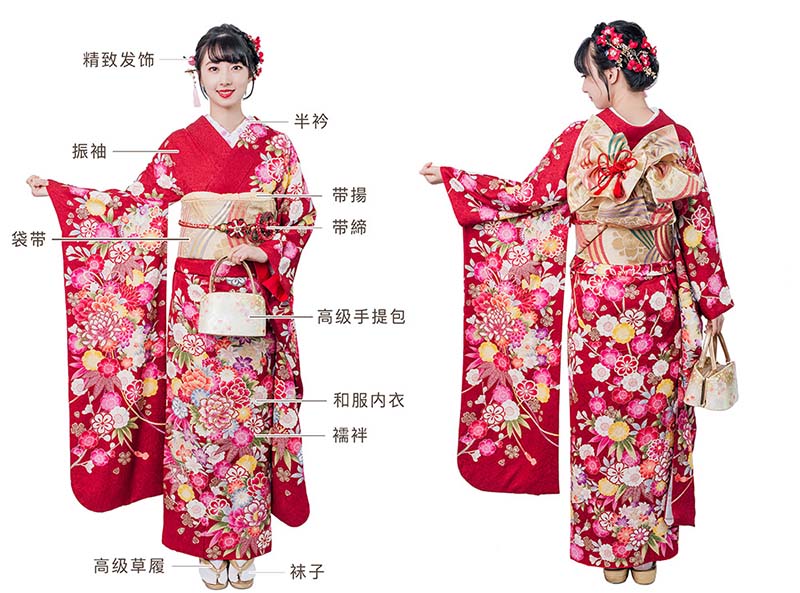
Furisode is one of the most popular Japanese kimono types
3.3 Houmongi (訪問着)
To provide the illusion of a single painting, “homongi” kimonos are semi-formal garments with no or just one crest and an eba moyo pattern placed along the hem and on the shoulder, chest, and sleeve. Homongi is available in a wide range of patterns and colors, ranging from traditional to modern.
A wide range of events, from casual to formal: theater performances, tea parties, and ceremonies, class reunions and shrine visits, children’s entrance or graduation ceremonies, and other types of parties like dinner or New Year’s parties,… can all be accommodated by Homongi: Homongi is suitable for both married and unmarried women and a wide range of situations, from casual to more formal.
Guests at a wedding might see their friends and acquaintances sporting it. However, remember to consider the types of events and the seasons while selecting the homongi’s color and pattern. If you’re planning a wedding, kimonos with brilliant, opulent hues and auspicious patterns are recommended. When it comes to occasions like children’s entry or graduation ceremonies and shichigosan, kimonos in light, elegant colors with clean, modest patterns are recommended because the focus should be on the youngsters.
3.4 Yukata (浴衣)
The word “yukata” literally translates as “bath garments,” but they are no longer just for the bathroom. Short-sleeved, unlined, and commonly made of cotton, linen, or hemp for summer use, it has become the most casual unlined traditional clothing. This cotton kimono is ideal for the summer because it is lightweight and doesn’t require any undergarments. Wearing yukata is appropriate for ladies of all ages, whether they’re staying at a ryokan, attending a Japanese festival, or simply wandering the streets in the summertime.

Yukata can often be seen at festivals and on hot days
A bathrobe used by the nobility during the Edo period, the Yukata evolved into its current form from a single-layered silk kimono. Priests began bathing in water for purification around the year 1800. The nobility and samurai classes soon followed suit, although cotton and linen-like materials soon replaced silk as the preferred fabric for outdoor activities.
At long last, the practice extended to the lower and middle classes, and public bathhouses began to appear in the capital city of Japan. While walking to and from their bathhouses, people began requesting nicer yukatas, which led to the contemporary yukata.
>>> Read more: What is the difference between a Yukata and a Kimono?
3.5 Men’s Kimono Types
Men’s kimono styles are also offered. Kimonos are worn by men every day in Japan. Men’s kimono patterns, on the other hand, are less fashionable these days. Colors are more subdued in men’s kimonos. Most formal men’s Japanese kimono types are made up of hakama (kimono pants) and Haori (long kimono jacket) (kimono jacket). Kinagashi, the most common men’s kimono style, is worn with an overhead belt knotted around the waist.
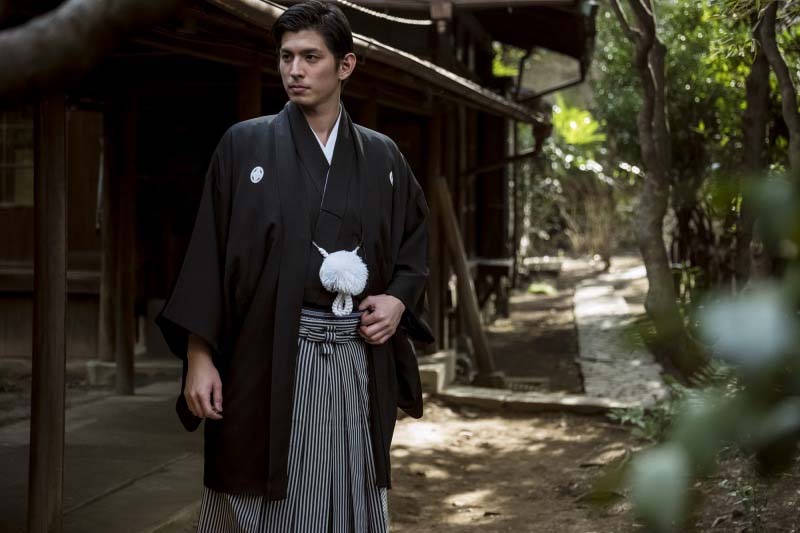
Colors are more subdued in men’s kimonos
4. Parts of A Traditional Japanese Kimono
Most people think a kimono is a single piece of fabric or a robe. Contrary to that, Kimono, however, commonly refers to the full costume, which has many components. We list out all of the parts of the kimonos below in the picture. Here, we look into some of the noticeable parts:
– Nagajuban (長襦袢): What we term a “nagajuban” in the kimono world is more of an “undershirt” or “slip”. These garments, which are shaped like a kimono, are used to preserve the pricey and difficult-to-clean kimonos. This means that an inner garment must be worn to keep the kimono clean by preventing sweat from seeping into the fabric.
– Obi (帯): The “belt” that keeps the kimono’s primary cloth in place comes next. It is a stunning, very noticeable outer sash. The obi helps women maintain a slim waist and upright posture by concealing superfluous cloth (similar to a corset).
– Tabi (足袋): white split-toe socks. There are colored and patterned tabi, but most ceremonies demand white ones.
– Zouri (草履): thonged straw sandals. Fabric, brocade, rubber, and vinyl are also used. Brocade-covered zori is the most formal for women, followed by vinyl and straw. Men can wear straw zori for all informal situations. The other type is Geta (下駄): wooden sandals between clogs and flip-flops. Geta, which are elevated with wooden supports (or teeth), are worn with summer kimonos more often than zori.

Parts of a kimono
5. Unique and Modern Kimono Trends
Modern kimono trends are redefining kimono fashion by blending tradition with contemporary flair. Designers like Kimono Miyabi Kyoto integrate lace into kimonos, creating elegant Japanese-Western fusion pieces that appeal to modern tastes. Kimono-inspired streetwear, such as cropped jackets or dresses made from kimono fabric, is gaining popularity globally, offering versatile, casual styles. Innovative uses also include transforming kimono patterns into accessories like handbags or scarves.
For sustainability, upcycling old kimonos into unique home decor—think wall hangings or cushion covers—preserves cultural heritage while reducing waste. These kimono fashion trends showcase creativity, making kimonos accessible beyond traditional settings. Explore how designers are reimagining this iconic garment for today’s world!
>>> Read more: 15+ Best Japanese Clothing Brands Popular You Should Know
6. How To Buy Kimono Online?
While online shopping is gaining popularity nowadays, many new and used kimono purchases can be bought online if you can not go to visit brick-and-mortar stores in Japan. Here, we list out the 3 most preferred shopping places when buying Kimono
6.1 Rakuten

Rakuten is the most comprehensive e-commerce site in Japan
Rakuten is the most comprehensive e-commerce site in Japan, such as Japanese cosmetics, electronics, home appliances,… and of course, kimono. When purchasing a kimono, it’s important to keep in mind whether the store also sells a combination of clothing and accessories.
While some Rakuten sellers have well-established businesses and large marketing budgets, others are just small retailers who want to make a little extra money by selling things they no longer need. Therefore, the kimono sold by Rakuten can be diverse in types, and you don’t have to worry about going to other places to buy other items.
The products sold by Rakuten are both reasonably priced and of exceptionally high quality. The international version of the site includes all the resellers who are willing to ship worldwide. If the goods you’re looking for don’t have a suitable alternative or local sellers, this version of Rakuten is still a viable option.
6.2 Amazon Japan

Purchase nearly anything from Amazon Japan
Amazon has a substantial presence in Japan as well, owing to its dominance over the online purchasing market in the United States. Amazon Japan, on the other hand, has a distinct regional flavor and functions in a manner similar to that of Rakuten. Many of the products available on Amazon Japan can only be purchased in Japan.
Not every seller on Amazon Japan ships abroad, but you’d be astonished at what’s available. Toggle the “International shipping” filter before starting your search if you’re looking for something from Japan.
Amazon has a substantial presence in Japan as well, owing to its dominance over the online purchasing market in the United States. Amazon Japan, on the other hand, has a distinct regional flavor and functions like that of Rakuten. Many of the products available on Amazon Japan can only be purchased in Japan.
Not every seller on Amazon Japan ships abroad, but you’d be astonished at what’s available. Toggle the “International shipping” filter before starting your search if you’re looking for something from Japan.
>>> Read more: Amazon Online Purchase | Buy from Amazon Japan
6.3 Online flea market and retailer
When it comes to kimonos, Rakuten’s Kimono page offers a one-stop shop for a wide variety of options from a wide variety of Japanese businesses. Additionally, it provides you with a concise and useful breakdown of the various kinds of kimonos and accessories that are on the market today. Rakuten sells kimonos starting at around 9,000 yen.
Online flea market Ichiroya sells authentic, family-owned kimonos from Kyoto, Nara, and Kobe that range in age from vintage to virtually new and even include semi-custom-made designs. Although they sell kimonos for as little as $3,000 and as much as $200,000, the majority of those I’ve seen are in the low to mid-hundreds of dollars (USD). They also have a helpful YouTube channel where they post brief tutorials on anything from kimono shopping to kimono wearing.
7. Conclusion
In this article, we’ve covered everything you need to know about the various types of Japanese kimonos. Customers who order Japanese products face a wide range of difficulties, from the difficulty of finding the right item, to language and currency issues, to the frustration of having to wait for the package to arrive. So that’s the reason we’re here.
The goal of Janbox is to make it easier for customers to buy products from Japan. With our intelligent proxy service, we’ll help you to reduce anxiety, worry, and shorten the time it takes to purchase a given product! With just a few simple steps, you can order high-quality items from Japan and have them delivered to your home quickly and safely.
Read more: How to buy Snidel Clothing in Japan?
Website: https://janbox.com
Email: [email protected]




